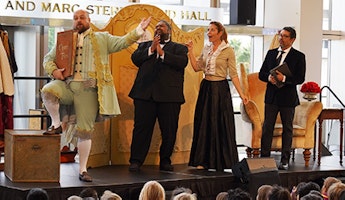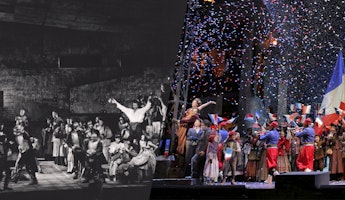Blog
February 4, 2025
Our Top 5 Most Performed Operas
Happy Opera Day everyone! Today is the perfect occasion to celebrate the art form that we love so much. We thought it would be fun to look back at the five most frequently performed operas in our company’s history. While we’re dedicated to providing innovative and new operas to Los Angeles, we are also champions of the classics that helped build this company. Can you guess what our most performed opera is?
#5 The Magic Flute 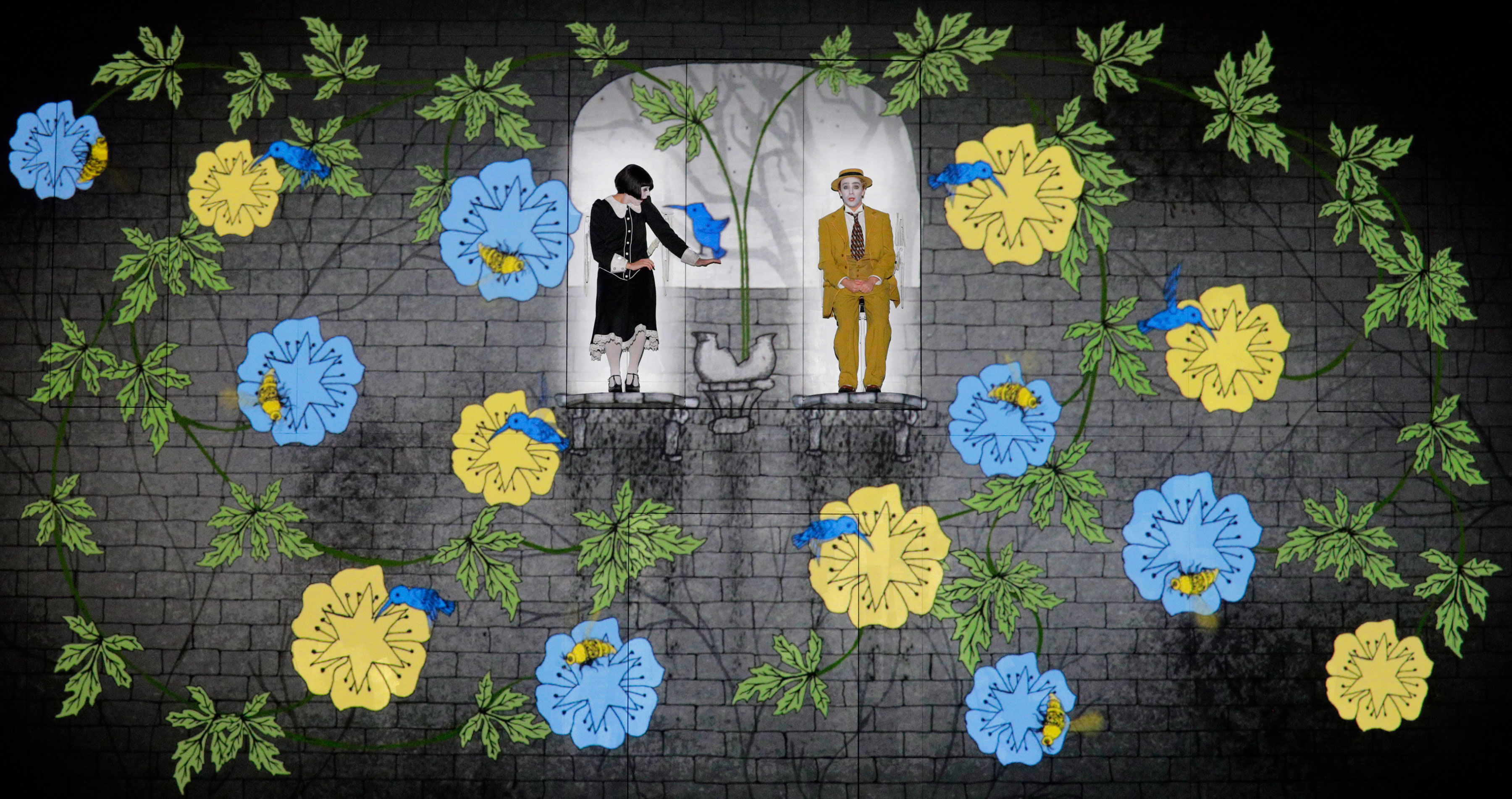
With exactly 50 performances to date, Mozart’s comedic classic The Magic Flute stakes its claim to fifth place on our list. Its recognizable music, fantastical story and often vibrant and innovative sets make it easy to see why this opera continues to be a crowd favorite. We personally never get tired of hearing the Queen of the Night’s famous aria and if you haven’t heard a singer perform it live yet, we assure you it’s quite an amazing feat to witness. This opera continues to be popular with opera fans and non-opera fans alike, so there’s no doubt that we’ll see many more appearances of Tamino and Papageno on our stage.
#4 The Marriage of Figaro 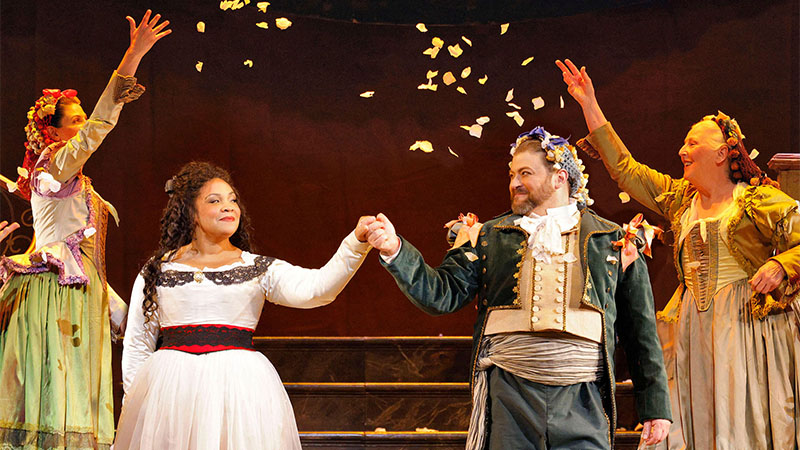
With a total of 60 LAO performances so far, Mozart takes another place on our list with his comedic classic The Marriage of Figaro. This opera almost wasn’t made due to the original play it was based being banned due to its portrayal of class politics. Thankfully for us, the opera prevailed, and Figaro’s wedding night adventures continue to inspire audience laughter to this day. Opera singers also can’t get enough of Mozart’s comedic classic: according to a 2017 survey by the BBC, singers named it their top choice for the best opera ever written. Many opera fans would agree, as the opera always fills seats whenever it’s performed here. We hope to see you here the next time it graces our stage.
#3 Tosca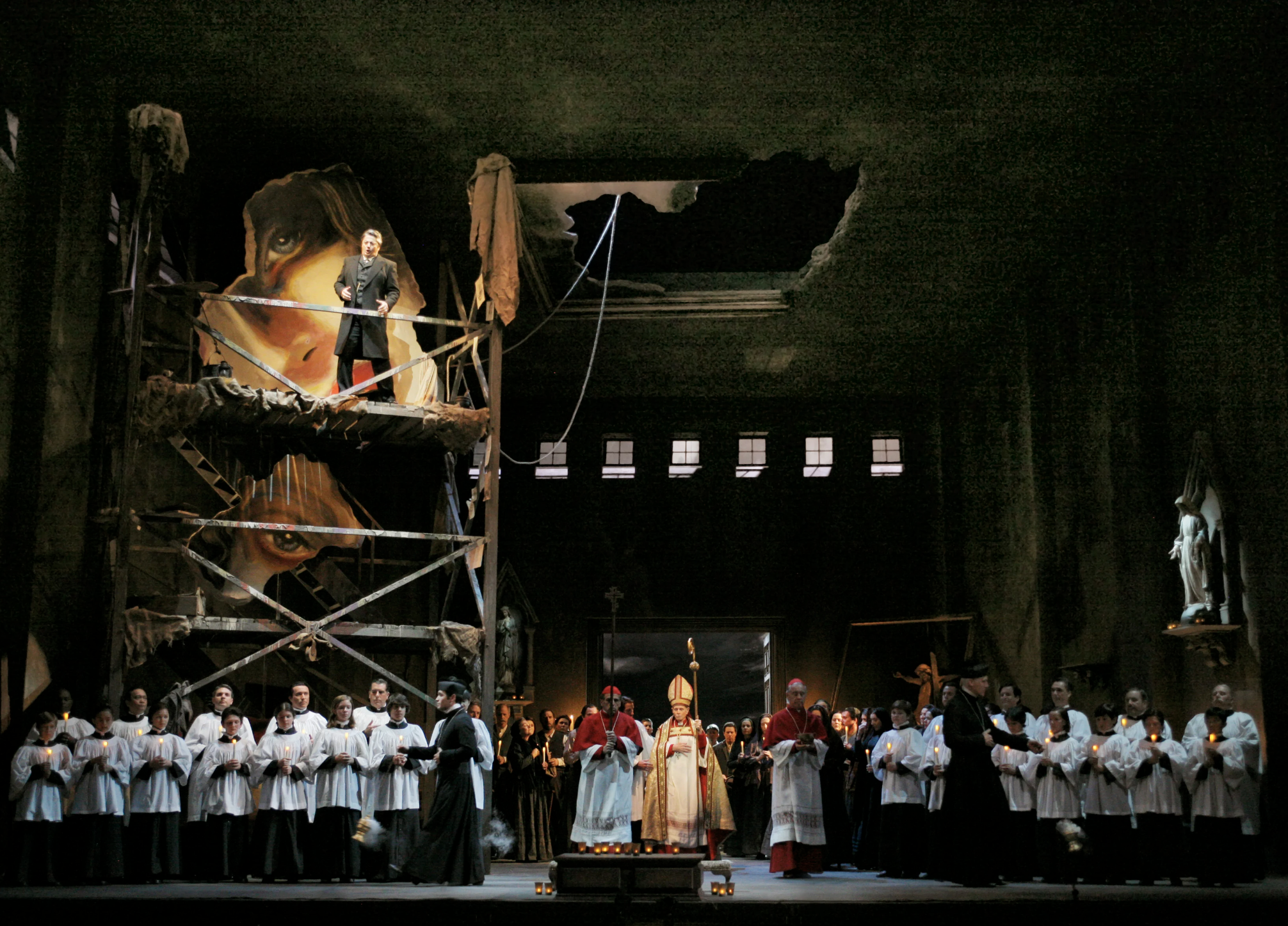
With 63 performances on our stage, Puccini makes his grand entrance onto our list with his classic melodrama Tosca. An interesting tidbit on the opera is that it had a surprisingly shaky opening. The politically tense opera premiered in Rome during a time of political unrest in 1900, delaying the opera’s premiere for one day out of concerns about audience disturbances, and the opening night critics were indifferent to the piece. Fortunately, the audience always has the final say: Tosca was instantly popular with the public and has garnered global success, becoming a staple in the repertoire. This opera never fails to keep us on the edge of our seats (while wiping away tears), and we can’t wait for it to return in all of its grandeur.
#2 La Bohème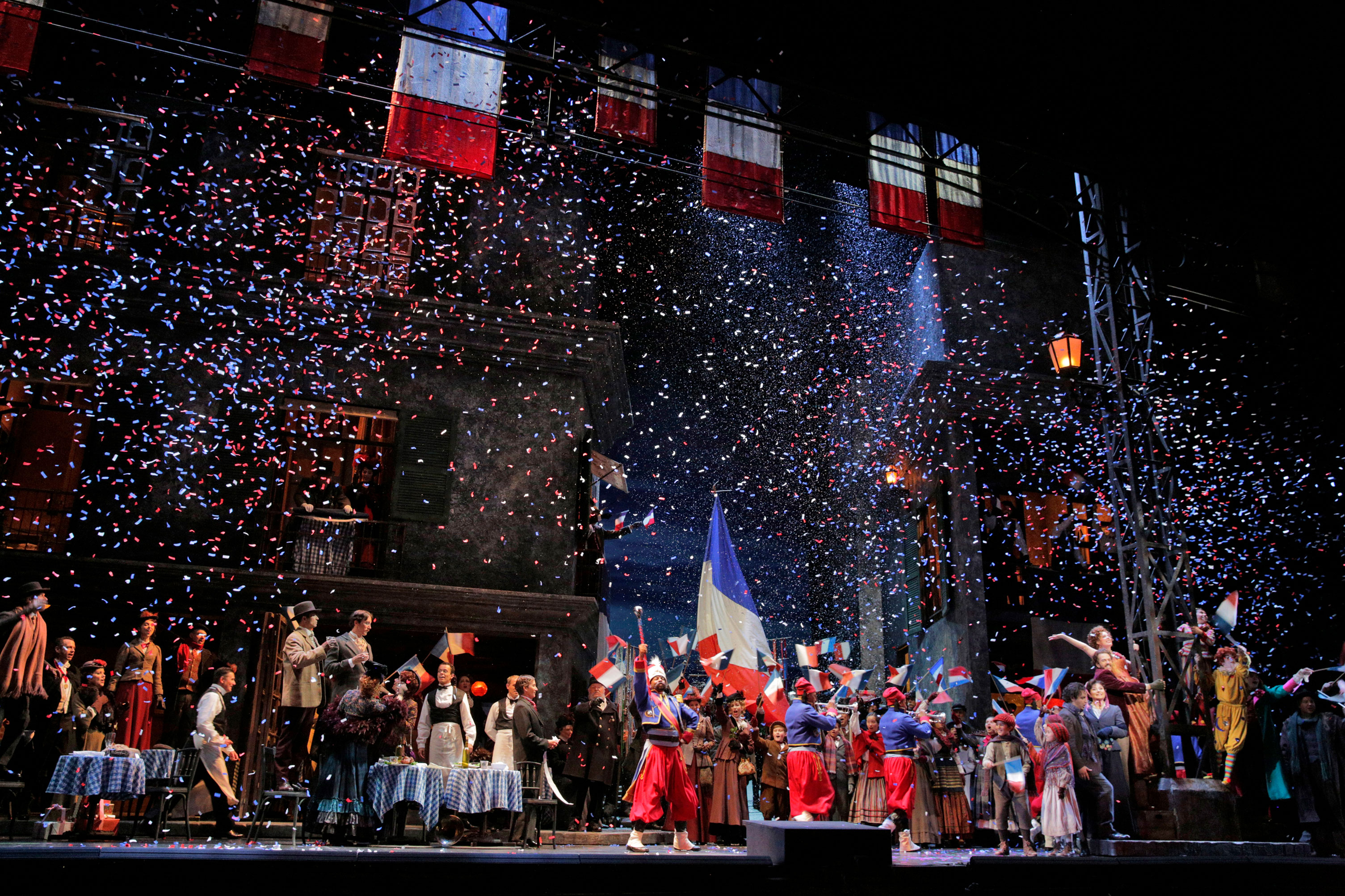 Puccini’s reign continues with the crowd favorite La Bohème, which currently clocks in at 68 performances with us so far. Its high placement is no surprise, as Bohème is a great entryway into the art form with its memorable and pleasant music. The story has also stood the test of time; it was the inspiration for Broadway hit Rent and the Academy-Award winning movie Moulin Rouge, making the story familiar to wider audiences. It also serves as form of “comfort food” to opera fans who may have started their life-long love affair with opera with Puccini’s ensemble of lovable bohemians. All of this to say, La Bohème is a classic for a reason, standing as one of the greatest celebrations of art and love that the art form has to offer.
Puccini’s reign continues with the crowd favorite La Bohème, which currently clocks in at 68 performances with us so far. Its high placement is no surprise, as Bohème is a great entryway into the art form with its memorable and pleasant music. The story has also stood the test of time; it was the inspiration for Broadway hit Rent and the Academy-Award winning movie Moulin Rouge, making the story familiar to wider audiences. It also serves as form of “comfort food” to opera fans who may have started their life-long love affair with opera with Puccini’s ensemble of lovable bohemians. All of this to say, La Bohème is a classic for a reason, standing as one of the greatest celebrations of art and love that the art form has to offer.
#1 Madame Butterfly
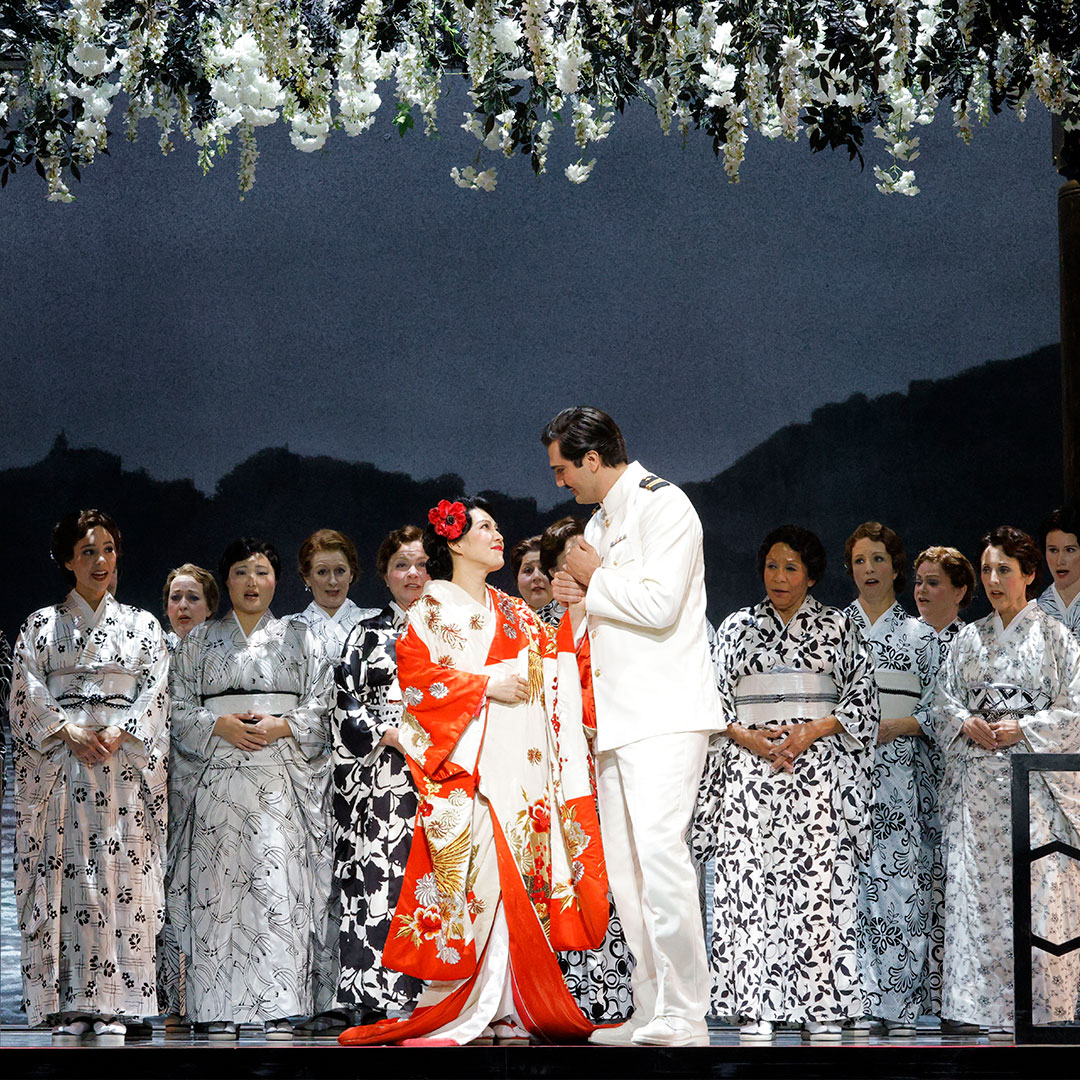
Yes, Puccini swept the top three, and it’s no surprise that audiences can’t get enough of his soaring music and heartbreaking stories. Madame Butterfly tops our list with a total of 77 LAO performances over the years. Even without its six performances here earlier this season, it would still have taken home the gold. Audiences at the first performance in 1904 would be surprised that the opera became so popular, since it famously had a disastrous premiere due to Puccini rushing to complete the opera (which you can read about in this blog). These days, the tragic love story of Cio-Cio-San and Pinkerton is told with more attention to the accurate depiction of Japanese culture (as Puccini never actually visited Japan). It’s often presented in innovative ways, as could be seen with our most recent production, set on a 1930s film stage. With its unwavering popularity, who knows what bold vision of Madame Butterfly we’ll be treated to next.






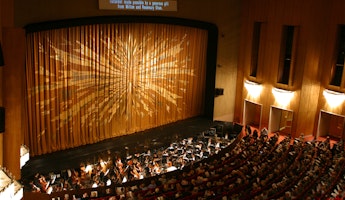

/03-cosi/_dsc0996_pr.jpg?format=auto&fit=crop&w=345&h=200&auto=format)
